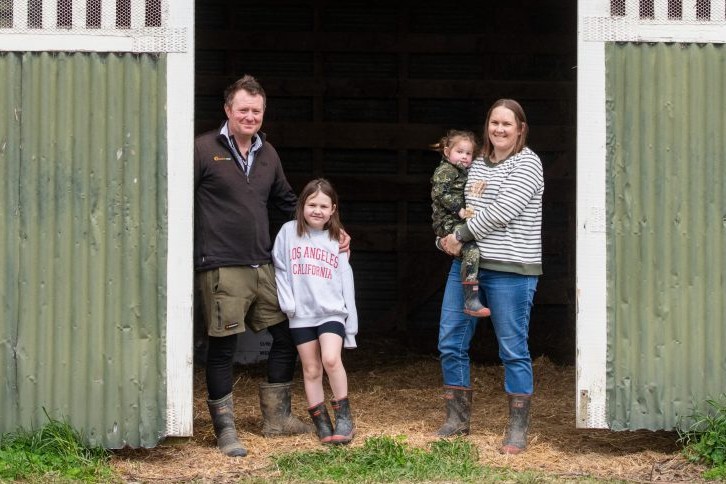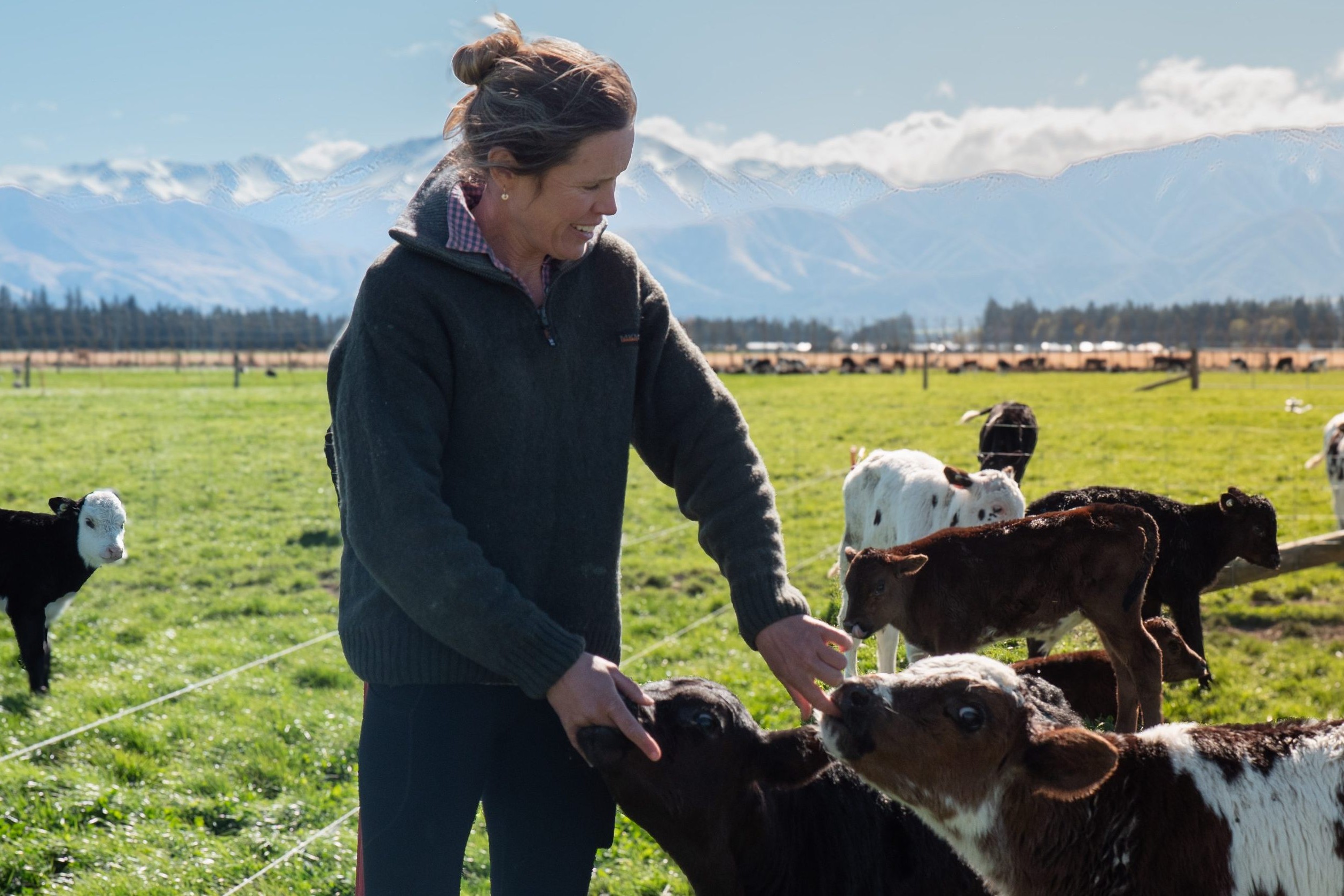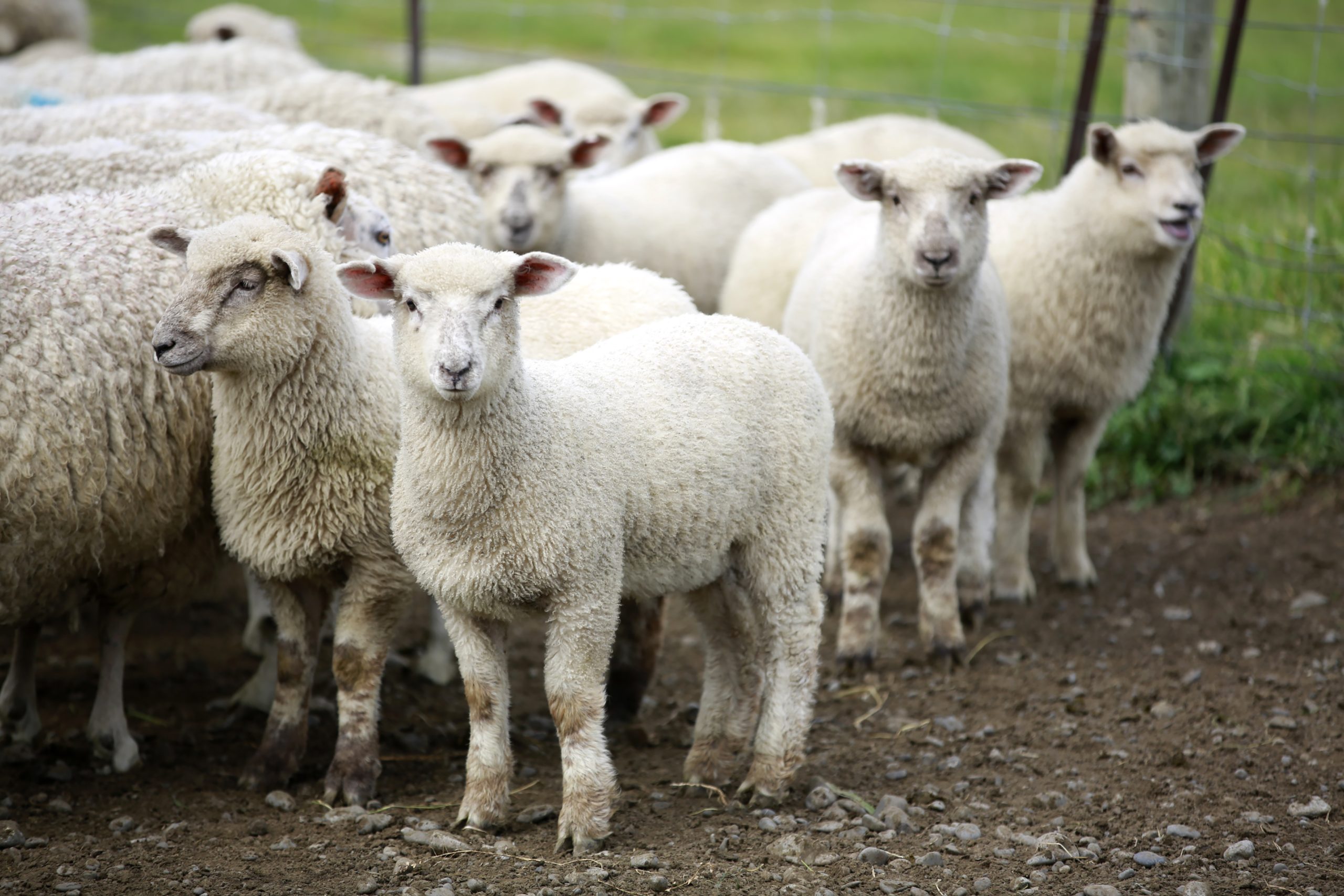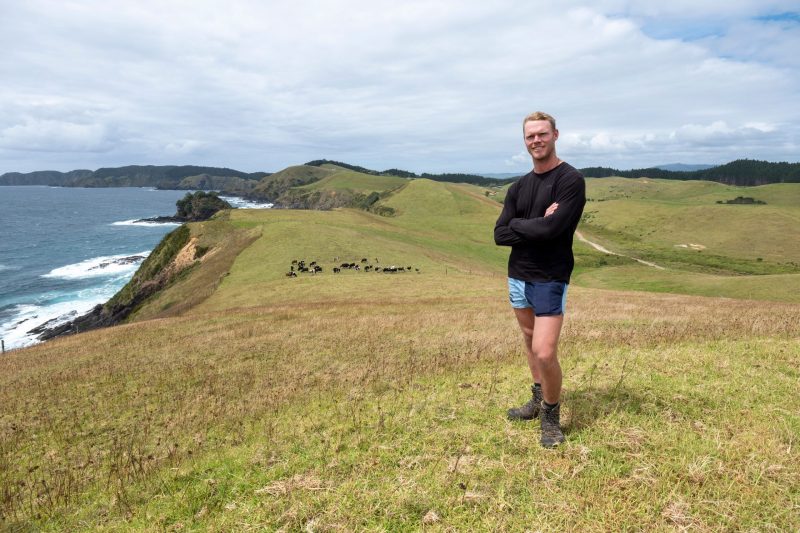Lifting Feed Efficiency
The Turnwald family in Waikato have invested in composting barns and a feedpad to lift feed efficiency by reducing feed waste and ultimately helping cows hold condition year-round. Words Sheryl Haitana.
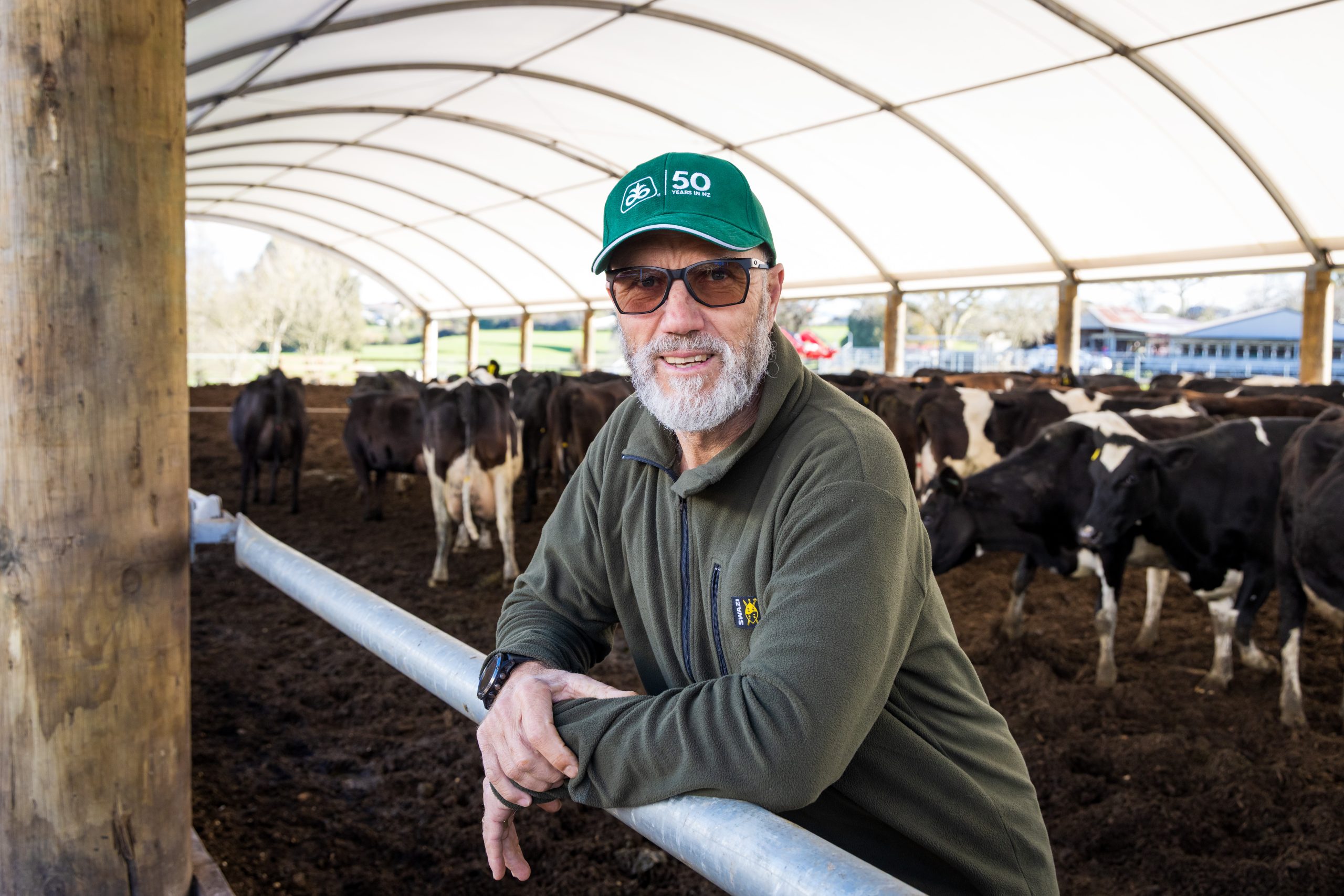
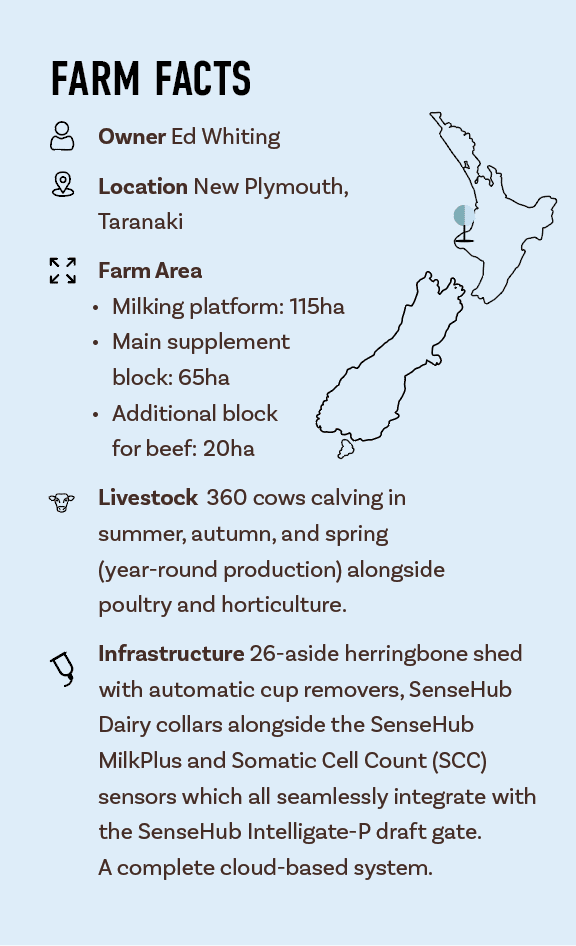 The extra nuggets that Ōhaupō dairy farmer Mark Turnwald is still finding with the investment of two new composting barns and a feedpad has been transformational.
The extra nuggets that Ōhaupō dairy farmer Mark Turnwald is still finding with the investment of two new composting barns and a feedpad has been transformational.
The infrastructure has given him the ability to manage feed and protect pastures.
“We’re a wet farm, and to date, we haven’t pugged anything. We don’t use a sacrifice paddock any more or have cows getting sore feet from standing on concrete. We have seen better grass growth rates through winter.”
Mark has fine-tuned his approach to feeding and transitioned cows more effectively during key times of the season. He’s also created a repeatable system for staff who don’t have to second-guess a changing system, and the cows have a consistent diet.
“We can manage intakes properly – with grass, minerals and maize silage – and they hold condition,” he says. “The cows we dried off later than normal in May actually put on weight nicely during winter, while standing off paddocks more.”
Maize silage is a core part of the farm’s feeding plan, and Mark has pushed usage up to 200t of drymatter fed last season because they could feed it out more effectively.
That extra feed helped the herd to a record 175,300kg MS for 2024–25, in which overall was a challenging year.
“We had a bad drought, but the cows averaged 1.45kg MS through summer and climbed back to 1.6kg MS by dry-off. In the past, they would have dropped with heat stress and humidity and not recovered.
“We were bringing them in out of the heat at 11am and were able to feed them maize silage through that late dry period into autumn.”
Improved nutrient management has been another upside. Bedding is turned regularly, and they’ll spread the compost on maize paddocks this spring as fertiliser.
The Perrin Ag model shows a 45% reduction in nitrogen loss. There were surprises – including higher-than-expected woodchip costs – but the overall payback is tracking at 7–8 years.
“For me, it’s about building a system that’s repeatable, staff-friendly, and better for the cows,” Mark says. “When it’s pouring down at night and you know the cows are tucked up, lying down chewing their cud, and staff just have to drive to the shed to check them – you can’t put a value on that.”

